Orchid multiflora: description and care
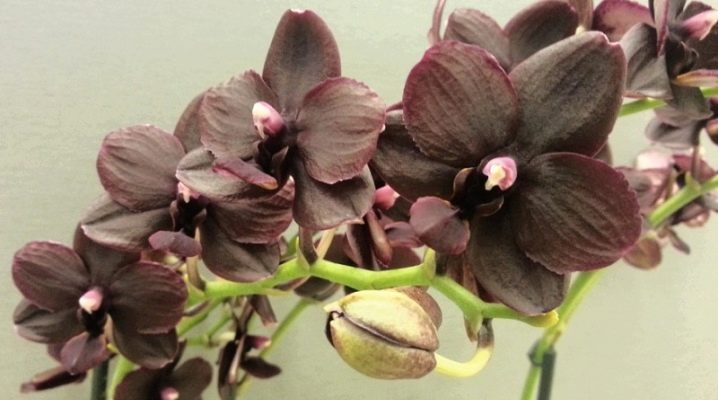
Today, various exotic crops are grown as indoor plants, which stand out for their high decorative qualities. Orchids should be included in the list of such crops. Among the large number of varieties and hybrids of phalaenopsis, it is worth noting multiflora, which is in demand among flower growers in light of its flowering characteristics.
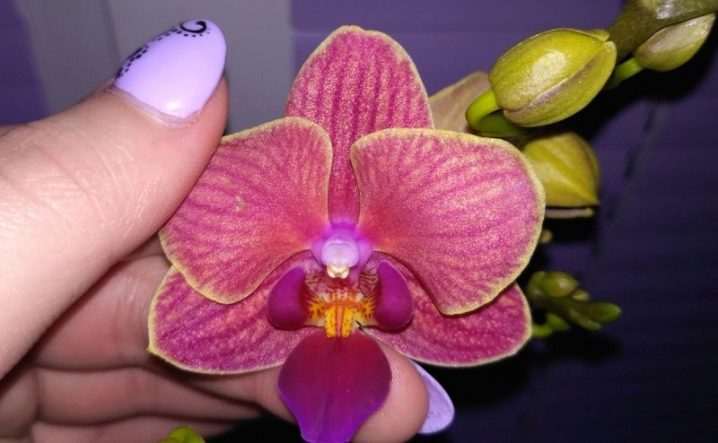
What it is?
For beginners who plan to breed orchids at home, a name such as multiflora orchid can raise a lot of questions, because even with minimal knowledge about this tropical culture, one classic name is heard - phalaenopsis. In fact, phalaenopsis denotes only the genus of the plant, and based on the principle of flowering, orchids are classified into several groups.
- The standard type of vine, which stands out with rather large flowers. A feature of this group of orchids is the complete dying off of the apical bud on the shoot immediately after the end of the flowering phase.
- Phalaenopsis novelty - in such a culture, the flowers will be smaller, and the extreme bud will grow.
- Multiflora - the flower will have medium-sized flowers, as well as an upper bud, which will maintain its vital activity during the flowering of the plant.
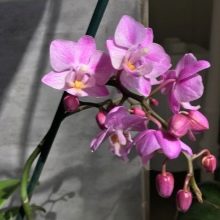

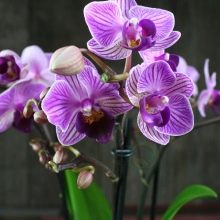
Multiflora stands out for its color variability, so the flowers in a hybrid can have the most incredible color. In addition, orchids of this variety are able to shoot arrows directly from the soil and several pieces at a time, without becoming attached to the growth bud of the parent culture. As for the peduncles, throughout the entire flowering period, they can grow, branch, while forming new bizarre shoots with flowers.
In indoor conditions, multiflora has a rather modest size. As a rule, an adult plant does not exceed half a meter in height; the rosette of the green mass has from 5 to 8 long leaves, which will have an oval shape. The length of the sheet can be up to 30 centimeters.
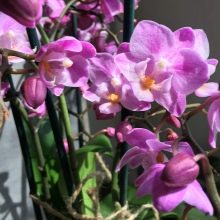
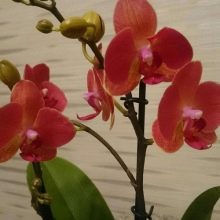
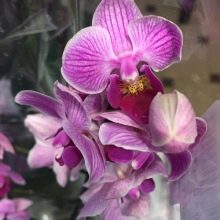
After the plant has a young leaf at the top, the lower one dies off. In the flowering phase, the culture can throw out from one to six arrows, on which peduncles will develop oppositely. The size of the flowers varies between 2-5 centimeters with a dense arrangement next to each other. As a result, a beautiful and flowering plant will appear on the windowsill or veranda, resembling a small bush in its splendor. Some orchids can bloom at the same time about fifty flowers. Due to such features, the shoots of the culture must be supported and fixed in the middle and at the top without fail. Multiflora is in great demand among flower growers, in light of which new hybrids with incredible color of flowers regularly appear on sale.
According to the description of this variety, flowering with proper care can last from two months to six months. This duration is largely due to the order in which the flowers bloom. In indoor conditions, the orchid is able to bloom, regardless of the season. Today there are several effective ways to achieve flowering, waking the culture from sleep when necessary.
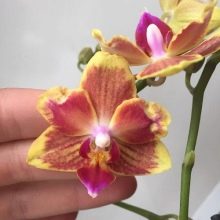
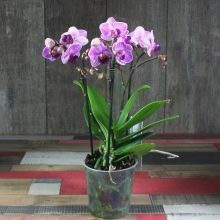

Home care
For an orchid, the type of soil and the size of the container in which it will be cultivated at home are of paramount importance.In this case, multiflora is not much different from other types of phalaenopsis, so the culture should be planted in a substrate specially designed for it, which can be purchased at any store. In extreme cases, the flower can be rooted in the soil for violets. It is important to remember that excess moisture should not accumulate at the bottom of the pot, so a drainage layer must be laid on the bottom before planting.
If you wish, you can prepare the soil for the orchid yourself. The substrate will consist of the following components: oak or coniferous bark, expanded clay, sand, peat, sphagnum moss and leafy earth, taken in equal proportions.
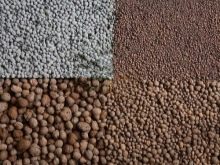
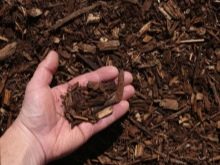
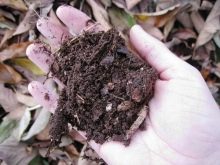
As for the container, it is best to grow multiflora in a transparent pot, this will allow the sun flower to contact the root system, positively affecting photosynthesis. The pot should be smooth in order to exclude the ingrowth of roots into the walls, which can lead to the death of the plant or injury during the planned transplantation.
The main requirement for the conditions of keeping the orchid will be the presence of a comfortable air temperature in the room, as well as the possibility of the culture being dormant for some time after flowering. For a plant to develop properly, it needs 12 hours of daylight hours, as well as sufficient space to grow. Ideally, there should be a lot of light, but scattered, without direct sunlight on the flower. During the winter months, the orchid can be placed on a south-facing window; on cloudy days, it may need additional lighting. In summer, it will be more correct to use a shading grid to avoid burns on the plant.
In the flowering phase, the flower should not be rearranged or twisted; during this period, it is not recommended to disturb the plants even with minimal changes.
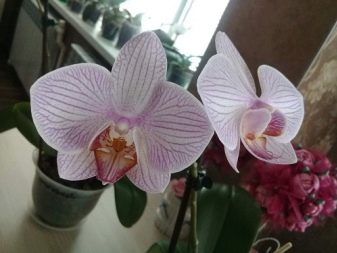
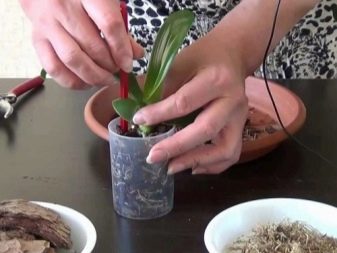
It is important to maintain approximately the same indoor temperature throughout the year. It should be in the range of + 21.25 ° C. Daily drops will be useful, but in the specified gradation.
Multiflora does not have to provide high air humidity, despite its thermophilicity, humidity can be from 40 to 50%, excess moisture in the air can provoke rotting of leaves and root system. If the air is too dry, additional spraying of the aerial part of the plant can be performed.
In summer, it will be more correct to water the culture once every 3 days, as for winter, in cold weather watering can be reduced to once a week. Lack of moisture can be determined by the absence of condensation on the walls of the pot.
But it is also useful to have an open container of water near the flower during the heating season.
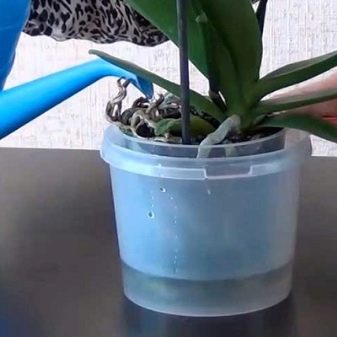
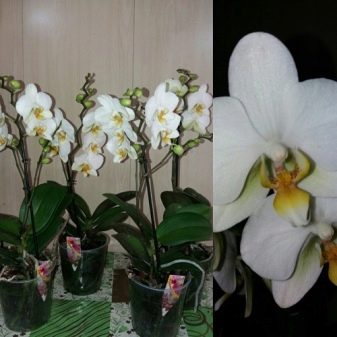
The multiflora orchid needs additional fertilizing with store fertilizers. They should be used weekly, following the dosage instructions. Most often, fertilizers for tropical crops are sold in liquid form, due to which it will be possible to combine top dressing with irrigation. However, phalaenopsis that has just been purchased should not be fertilized for at least a month after purchase, since the crops in the store are usually planted in a substrate with the addition of various growth stimulants.
Home orchids need an annual transplant, in some cases, the transplant is carried out every 2 years. The process of transplanting multiflora is carried out by transferring the culture from one container to another, which will be larger, with the replacement of the old substrate with a new one. It is necessary to root a flower in another container only after it ends the flowering phase.
In the course of these works, it will be useful to inspect the root system of the culture and remove dead roots with the obligatory processing of the cut with crushed coal.
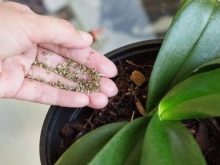
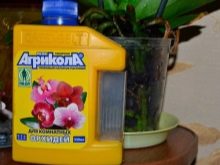
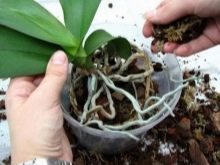
Unfortunately, even in indoor conditions, the orchid can suffer from attacks of insect pests. Most often these are flares, aphids, slugs and snails.To combat pests, a plentiful shower is used, a change of substrate in a pot, as well as subsequent treatment of the plant with insecticides. Pest picking by hand is also allowed.
The reason for the development of phalaenopsis diseases is mistakes made in the care process. External signs of the disease will be dry or yellow leaves, dried unopened buds, rotting roots. Most often, orchids suffer from gray rot. To treat the plant, you should use store-bought drugs, as well as carry out preventive measures. This applies to a warm shower, removing dust from the green mass, using nutrient formulations to maintain the immune functions of the culture at the proper level.
After the purchase of multiflora, a month's quarantine must pass, so it must be temporarily located away from other plants. There are often cases when pests enter houses with a flower.
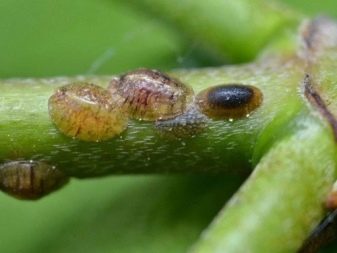
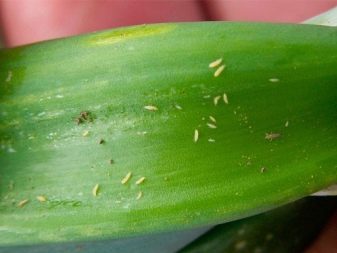
Bloom
Phalaenopsis blooms several times throughout the year, most often this phase occurs in the fall months and spring. Before flowering, the orchid should create a certain temperature regime, which in the daytime should be at + 27 ° C, and at night the temperature will drop to + 23.24 ° C. Long daylight hours will become the key to abundant flowering; in autumn, phytolamps should be used for additional illumination, including them for 3-4 hours a day.
After the flower has faded, the multiflora must be rearranged to a cool place.so that the plant can enter the resting phase and recover. In this state, the orchid should stand for about 1-2 months, during which you should not water it too often.
In order to provoke repeated flowering, in multiflora, it is necessary to cut the peduncle at the top at the level of the second eye.
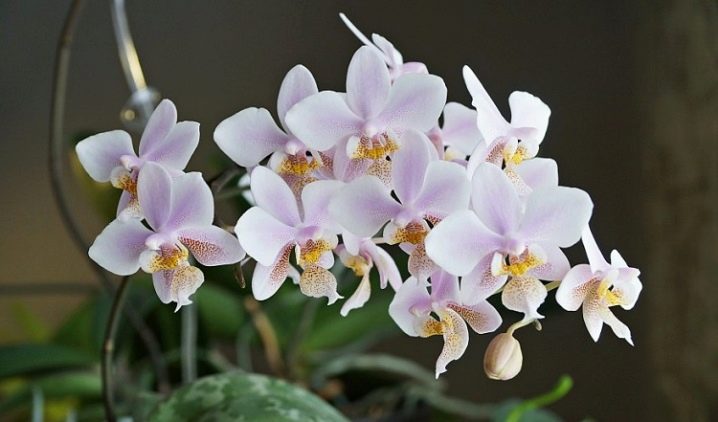
Reproduction methods
In nature, phalaenopsis reproduces quite simply with the help of seeds, however, for indoor hybrids, this method will be ineffective. This is due to the fact that varieties obtained by artificial means, in the process of propagation by seeds, lose their individual characteristics.
For home breeding of orchids, it is worth resorting to obtaining new crops using air layers. You can get a shoot from a plant that is still in bloom. A swollen bud should be found in the culture by making an incision on the shoot just above this place. In some varieties, the baby appears naturally without the participation of a grower, but this happens extremely rarely. After the appearance of the layer, it is necessary to wait until the roots begin to form on it. The young arrow is separated from the mother plant only after the root system has sufficiently expanded and strengthened.
You do not need to put a layer in the water, the baby is immediately rooted in a small pot in a similar substrate intended for orchids. Further caring for a young plant is reduced to performing the same work that the florist carries out with an adult culture.
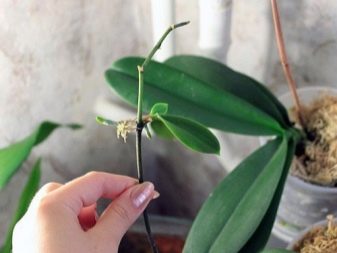
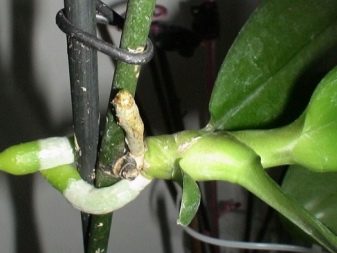
How the multiflora orchid blooms, see the video below.































The comment was sent successfully.